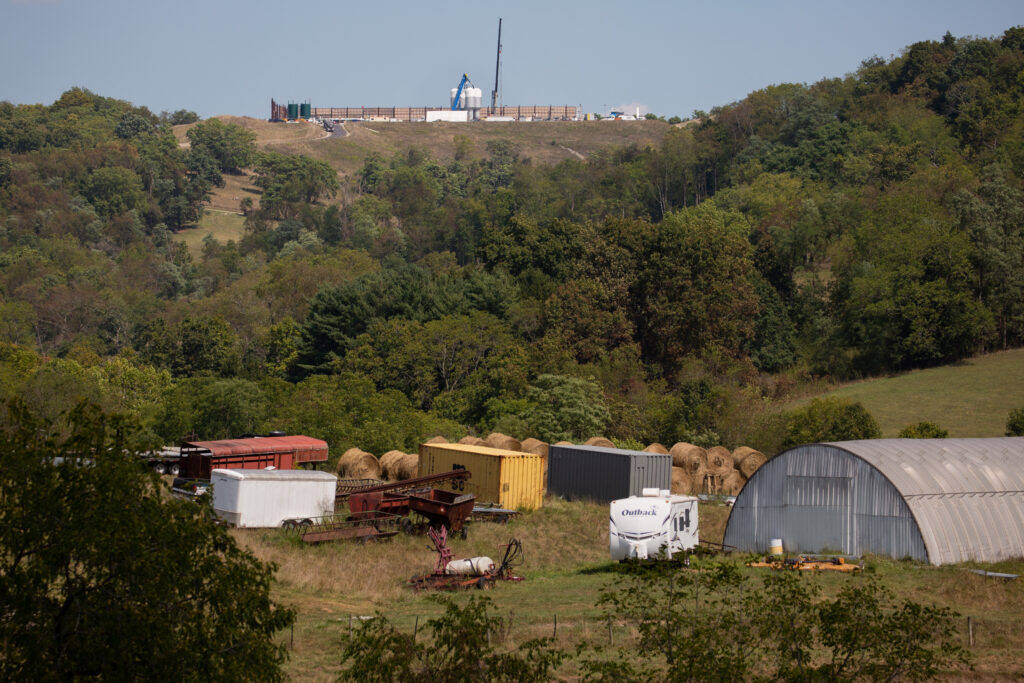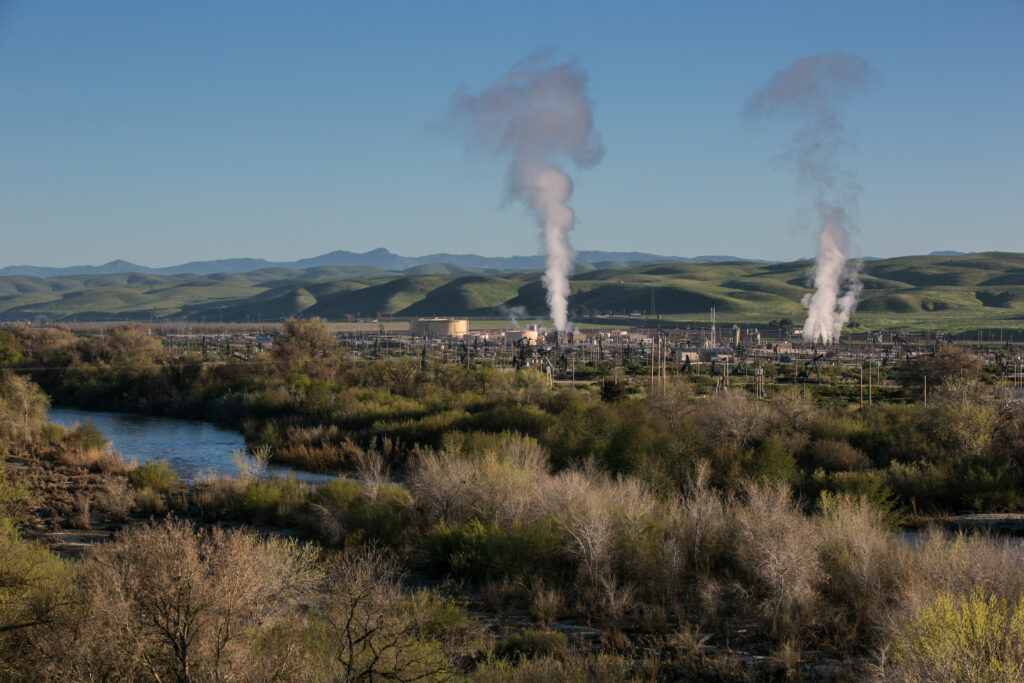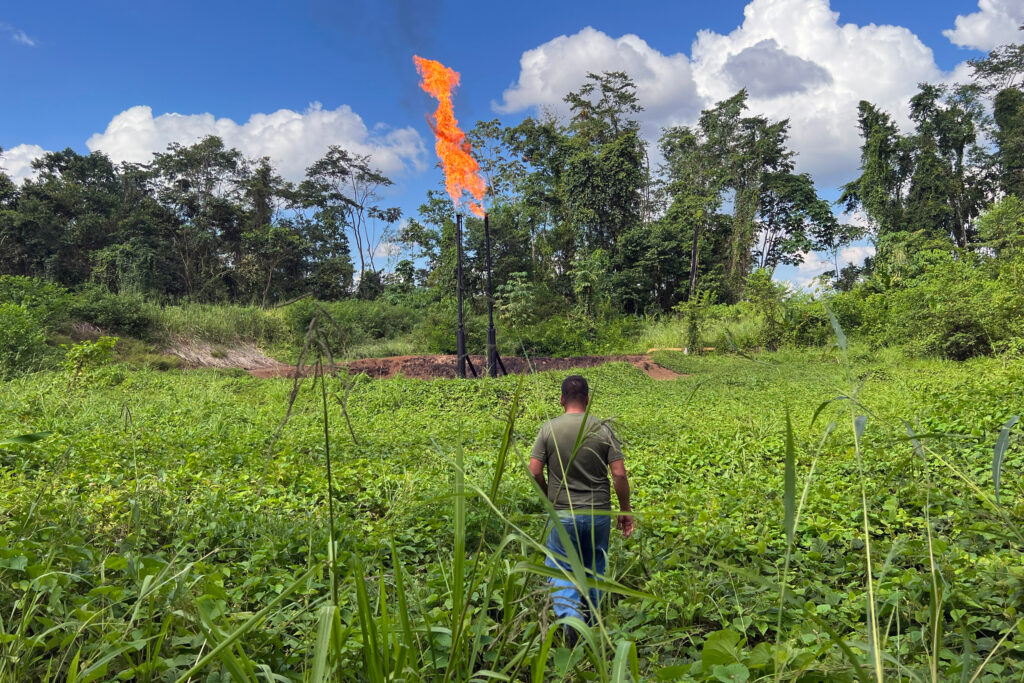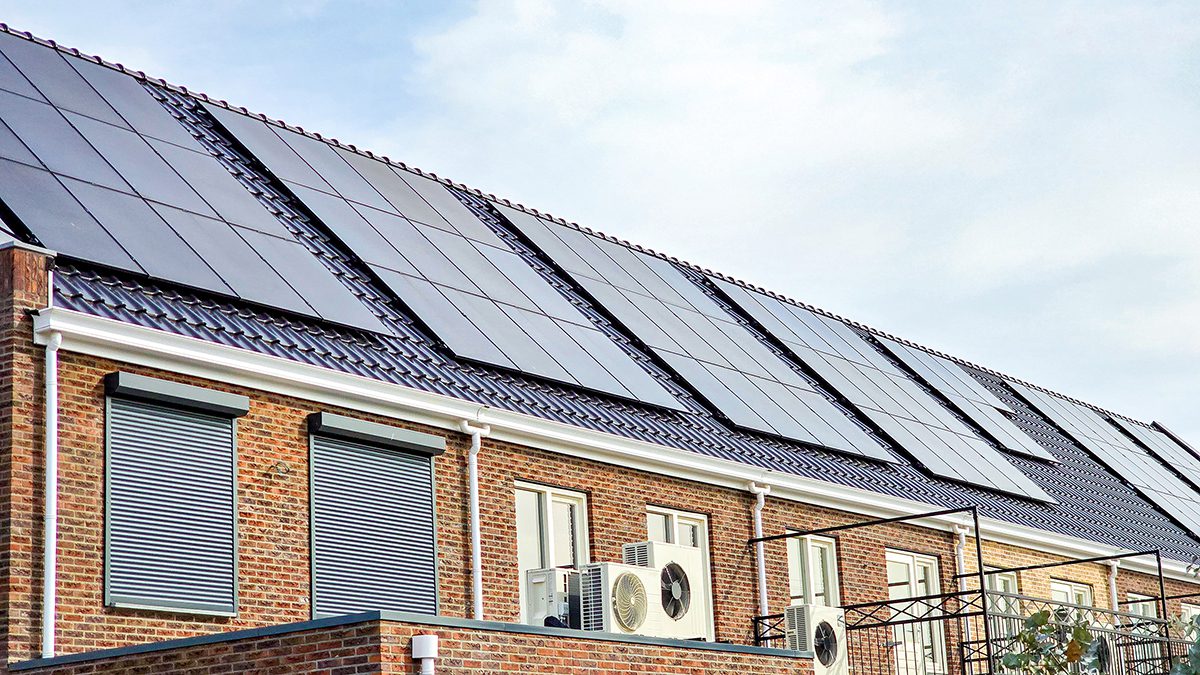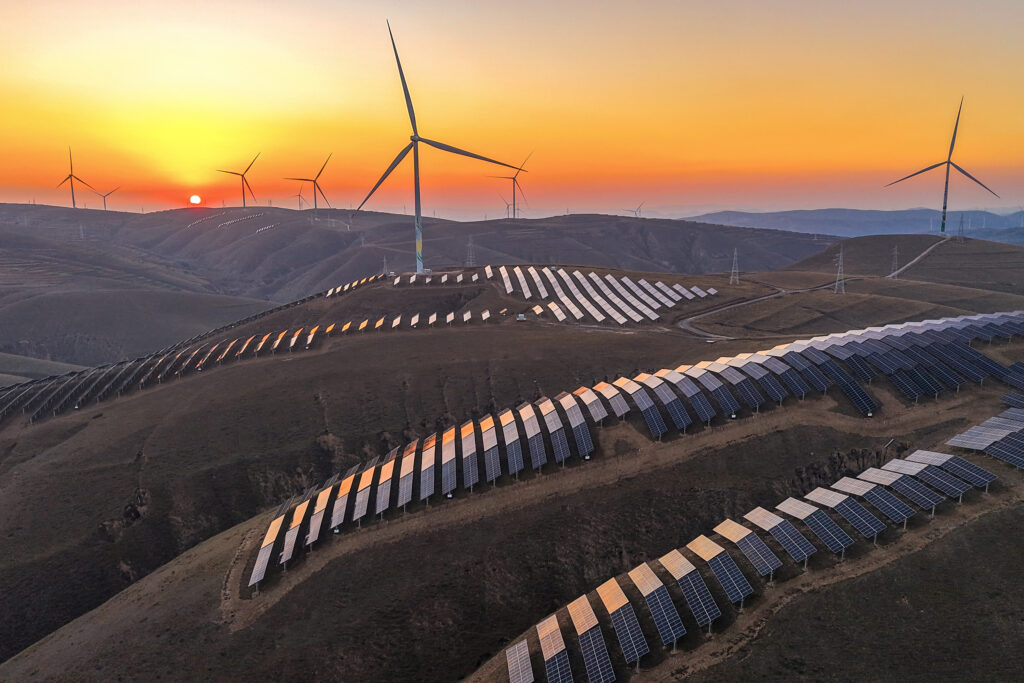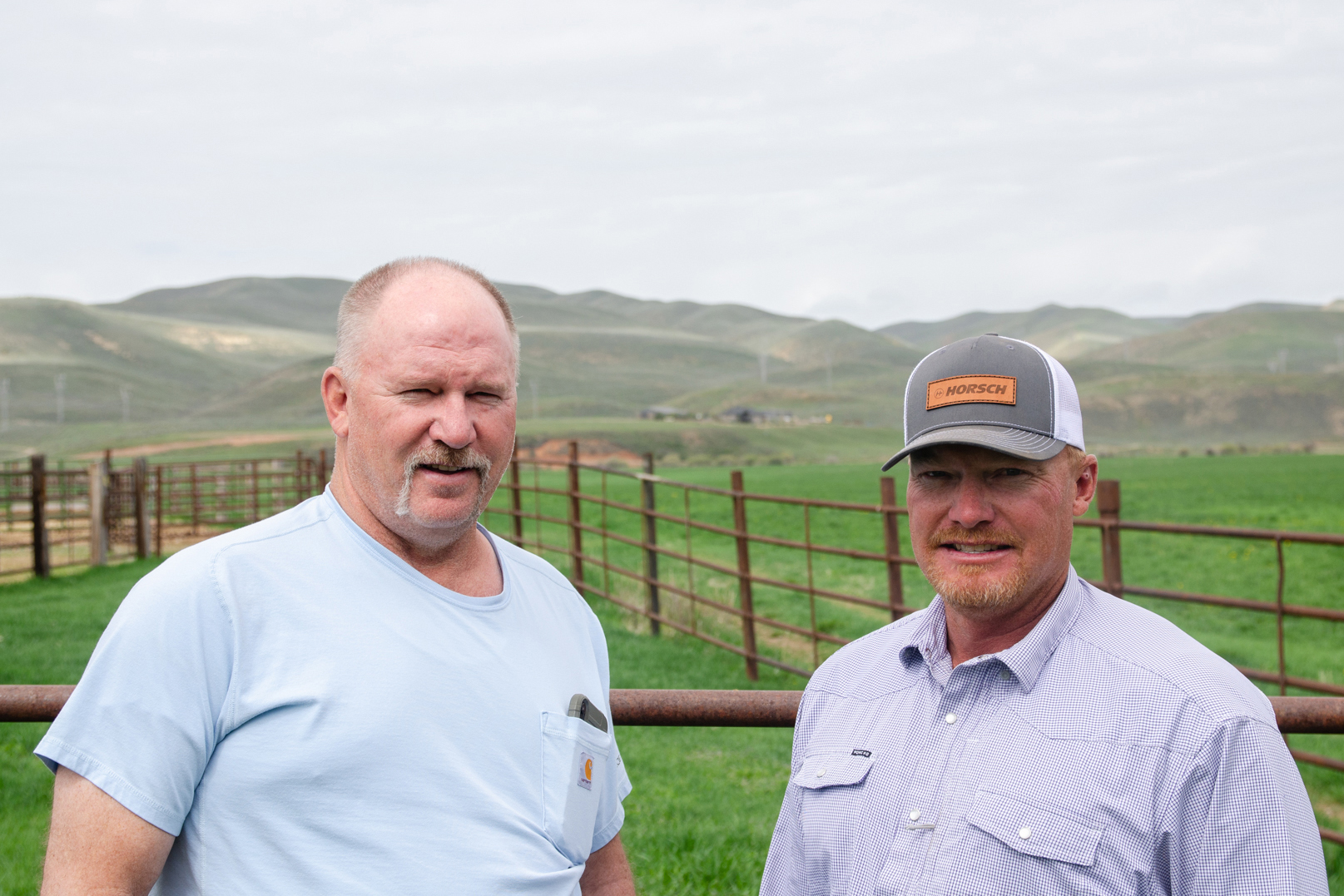The world’s biggest banks continue to bankroll the expansion of the fossil fuel industry and have largely retreated from their climate commitments, even as the world heads toward breaching thresholds for a livable planet.
A new report from a coalition of environmental and banking advocacy groups, published Tuesday, finds that the world’s 65 biggest banks committed $869 billion to fossil fuels companies in 2024—a jump of $162 billion over 2023. A big chunk of that—$429 billion—went to companies that have specific plans to expand their development of fossil fuels.
The report looks in detail at the years since 2021, when scientists with the International Energy Agency (IEA) said fossil fuel expansion effectively had to stop in order to meet global climate targets.
“The [IEA] put out a very comprehensive study that looked at the energy roadmap for getting to net-zero emissions by 2050 globally,” said Allison Fajans-Turner, a researcher with the Rainforest Action Network and a co-author of the report. “One of the major findings was there was no room for any upstream, midstream or downstream fossil fuel infrastructure to be built, burned or combusted if we are serious about limiting temperature rise to 1.5 degrees. Since then, unfortunately, we’ve seen banks put $1.6 trillion into fossil fuel expansion.”
We’re hiring!
Please take a look at the new openings in our newsroom.
See jobs
American banks are leading the pack, the new report finds. JPMorgan Chase, Bank of America and Citigroup are the top three financial supporters of fossil fuel companies globally. Along with Wells Fargo, which ranks fifth after the Japanese bank Mizuho, these four banks represent more than 20 percent of total global fossil fuel financing, the report found.
The analysis, by the Banking on Climate Chaos coalition, draws on financial databases used by the banking industry and from annual company reports, stock filings and presentations. It looks at roughly 2,700 companies engaged in fossil fuel development or distribution.
The $162 billion jump from 2023 to 2024 reverses a downward trend that was caused by a combination of factors, the authors say. Energy prices increased following Russia’s invasion of Ukraine, boosting the fossil fuel industry’s profits and decreasing its need for financing and loans. Since then, central banks’ interest rate cuts have made loans cheaper and more attractive, potentially prompting banks to borrow more.
The broader political climate could also be a factor, as regulators, including those in the U.S., retreat on climate rules. The Securities and Exchange Commission decided to drop its pursuit of climate disclosure rules in March.
“It’s a combination of factors—some political, some market-based and some really successful campaigning by the fossil fuel industry on anti-ESG,” said Jessye Waxman, a researcher with the Sierra Club, who was one of the new report’s authors.
The global expansion of liquified natural gas (LNG) is also a factor. “We know that we’re seeing one of the biggest fossil fuel build-out in the LNG sector,” said Caleb Schwartz, also with the Rainforest Action Network and an author of the report. “We can point to the gulf in the U.S. south with all these huge, capital-hungry profits. The banks are set up to profit from it.”
Regardless of the drivers, the report says the increase represents a worrying trend, especially after banks had started making stronger commitments to slow financing for fossil fuels. In 2021, with backing from the United Nations, the Net Zero Bank Alliance launched with the aim of aligning banks’ lending and underwriting to the goal enshrined in the Paris Agreement of keeping global temperature rise to 1.5 degrees compared to pre-industrial levels.
At the annual United Nations climate conference held in Glasgow that year, many of the world’s major banks joined the alliance, suggesting banks were serious about their climate goals by adhering to an ambitious global commitment.
But earlier this year all major American, Canadian and Japanese members of the alliance pulled out, according to the new report. Less than half of the 65 banks analyzed in the report were still members.
“What banks are doing by increasing their financing to the fossil fuel industry is directly at odds with the signal sent by international governments.”
— Caleb Schwartz, Rainforest Action Network
Even before the banks left the alliance, it had already watered down its goals from urging banks to align their financing with a 1.5 degree target to a less ambitious 2 degree target. The reports’ authors stress that voluntary commitments are failing, and say the only viable way to slow fossil fuel financing is through central bank and regulatory policies.
“As long as there’s no policy pressure to derail them from their models, they won’t do it,” said Katrin Ganswindt, a researcher with the German research firm Urgewald, a member of the coalition. “They won’t change course.”
At the UN climate conference in Dubai in 2023, leaders agreed to a global financing framework that would direct trillions of dollars toward assisting countries to non-fossil-fuel energy sources.
“No matter what it is that’s driving the increase, what banks are doing by increasing their financing to the fossil fuel industry is directly at odds with the signal sent by international governments,” Schwartz said. “Instead we’ve seen the amount of support for the fossil fuel industry going up.”
Banks have also exploited loopholes in their own commitments, with some saying they would restrict financing to individual fossil fuel projects. But more than 90 percent of the financing to fossil fuel companies happens at the corporate level, where those restrictions often don’t apply. Banks have also continued to funnel money to fossil fuel companies that have announced intentions to expand their own transitions to clean energy.
“We know there’s a lot of money to transition to a low-carbon economy and companies are going to need a lot of capital,” Waxman said. “So they’ve been justifying continued financing of fossil fuel companies, not only as good business but because companies need more for the transition. But that falls apart when they don’t have transition plans. They have expansion plans that are the opposite of transition plans. They’ve been effective in building a narrative.”
About This Story
Perhaps you noticed: This story, like all the news we publish, is free to read. That’s because Inside Climate News is a 501c3 nonprofit organization. We do not charge a subscription fee, lock our news behind a paywall, or clutter our website with ads. We make our news on climate and the environment freely available to you and anyone who wants it.
That’s not all. We also share our news for free with scores of other media organizations around the country. Many of them can’t afford to do environmental journalism of their own. We’ve built bureaus from coast to coast to report local stories, collaborate with local newsrooms and co-publish articles so that this vital work is shared as widely as possible.
Two of us launched ICN in 2007. Six years later we earned a Pulitzer Prize for National Reporting, and now we run the oldest and largest dedicated climate newsroom in the nation. We tell the story in all its complexity. We hold polluters accountable. We expose environmental injustice. We debunk misinformation. We scrutinize solutions and inspire action.
Donations from readers like you fund every aspect of what we do. If you don’t already, will you support our ongoing work, our reporting on the biggest crisis facing our planet, and help us reach even more readers in more places?
Please take a moment to make a tax-deductible donation. Every one of them makes a difference.
Thank you,




